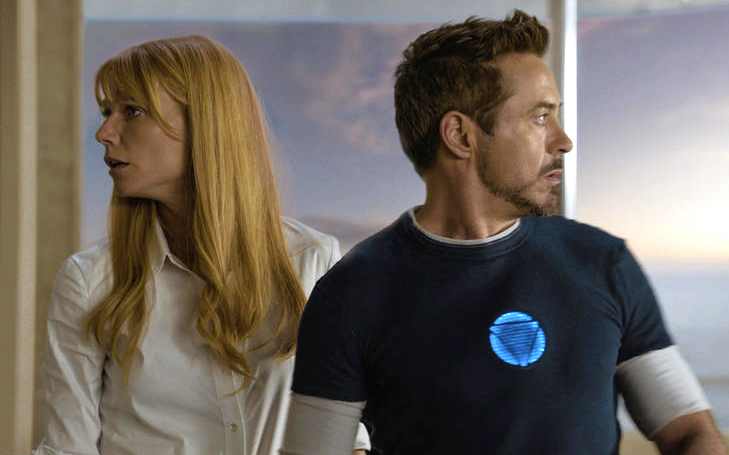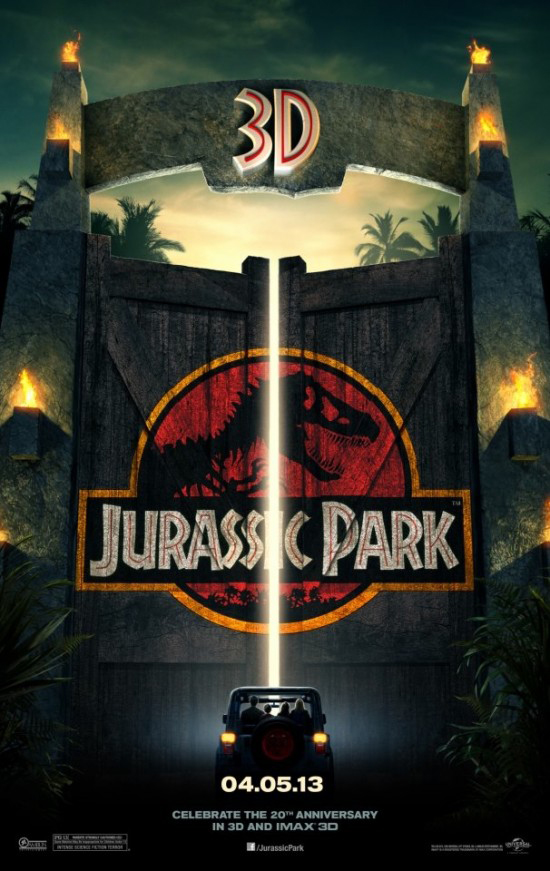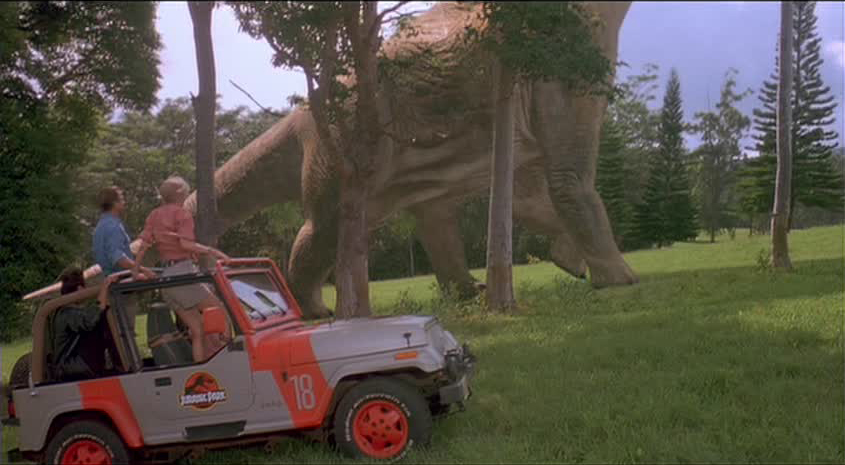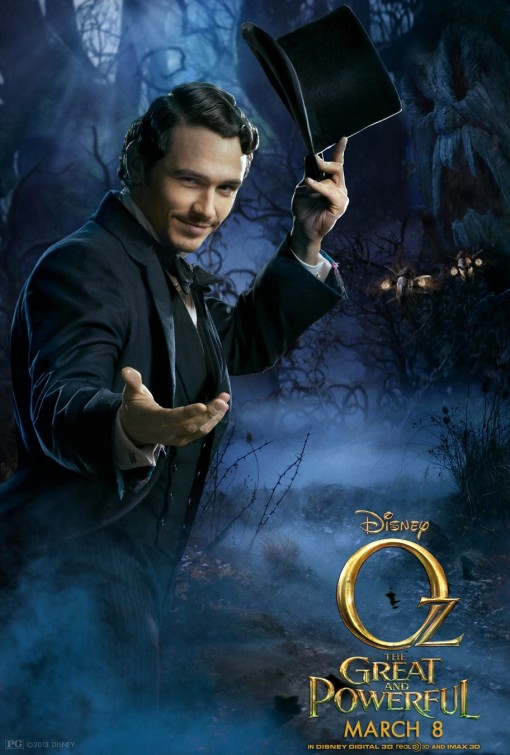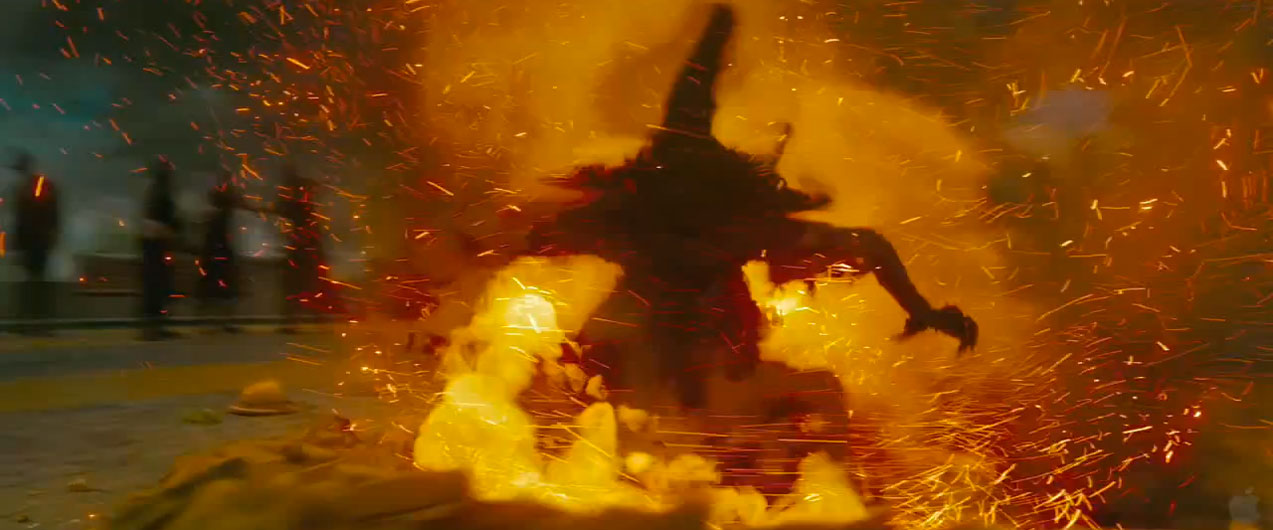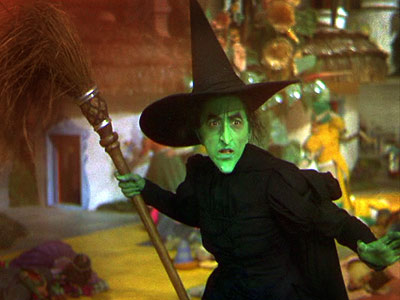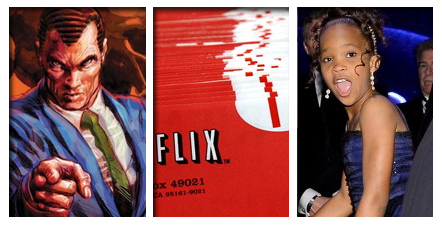Review: Iron Man Three*
 Sunday, May 5, 2013 at 8:26PM
Sunday, May 5, 2013 at 8:26PM This review was originally posted in my column @ Towleroad
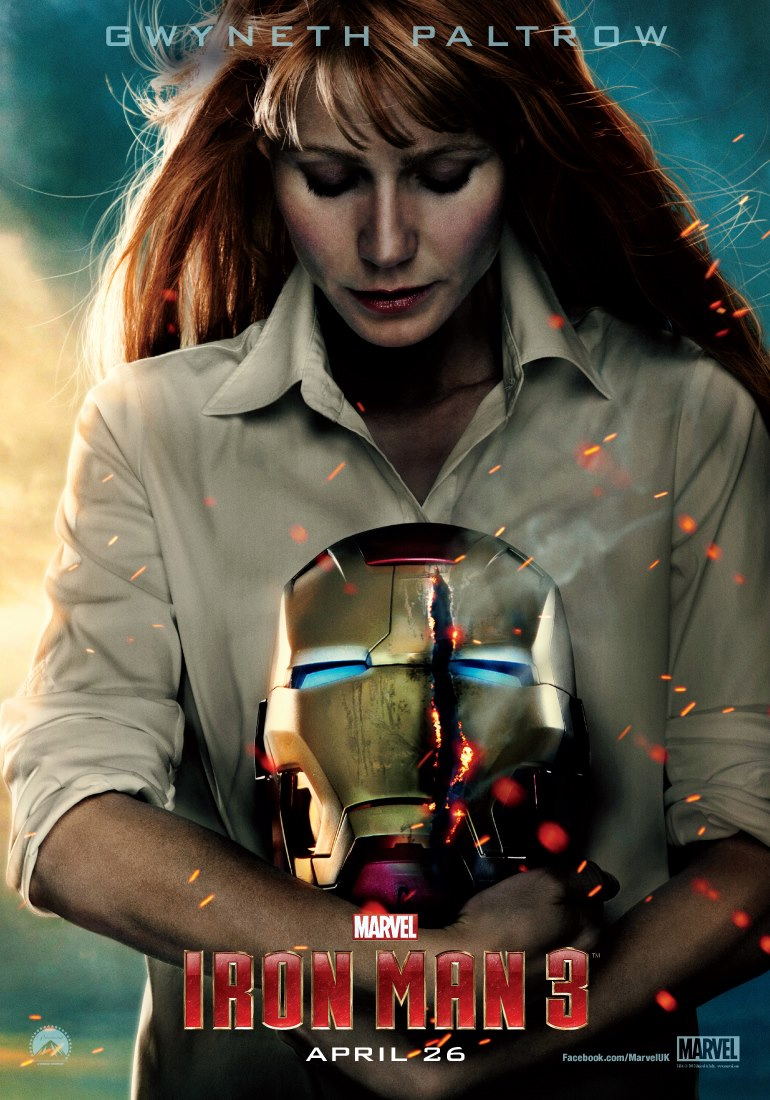 When last we saw Tony Stark he was eating shawarma in New York City with his fellow superheroes in the stinger of Marvel's The Avengers (reviewed). When we last saw Iron Man, minutes before that, he was plummeting from a cosmic wormhole to his near-death having just saved the world from an alien apocalypse. (S.H.I.E.L.D's workman's comp insurance must be pricey.) I mention Tony Stark and Iron Man separately because the franchise's new writer/director Shane Black, who previously worked with Robert Downey Jr on the underappreciated comedy Kiss Kiss Bang Bang, seems more interested in Stark than Iron Man. This is a good sign, especially for a third picture. Time to flip this tin can around.
When last we saw Tony Stark he was eating shawarma in New York City with his fellow superheroes in the stinger of Marvel's The Avengers (reviewed). When we last saw Iron Man, minutes before that, he was plummeting from a cosmic wormhole to his near-death having just saved the world from an alien apocalypse. (S.H.I.E.L.D's workman's comp insurance must be pricey.) I mention Tony Stark and Iron Man separately because the franchise's new writer/director Shane Black, who previously worked with Robert Downey Jr on the underappreciated comedy Kiss Kiss Bang Bang, seems more interested in Stark than Iron Man. This is a good sign, especially for a third picture. Time to flip this tin can around.
IRON MAN THREE takes great pains to make a distinction between the impenetrable suit and the man inside it. Tony Stark's first attempt to suit up is a comic misfire since he's engineered an Iron Man suit that comes right to him when he calls. He hasn't quite worked out the speed of his flying wardrobe -imagine a metal codpiece flying 60 mph right at your Andrew Christians. The second time we see Iron Man, if I'm remembering the sequence of events correctly, Tony Stark isn't in the suit at all. He's engaging in some prankster remote control business for girlfriend Pepper Potts (Gwyneth Paltrow, wonderful in this role but haters gonna hate). MORE AFTER THE JUMP
